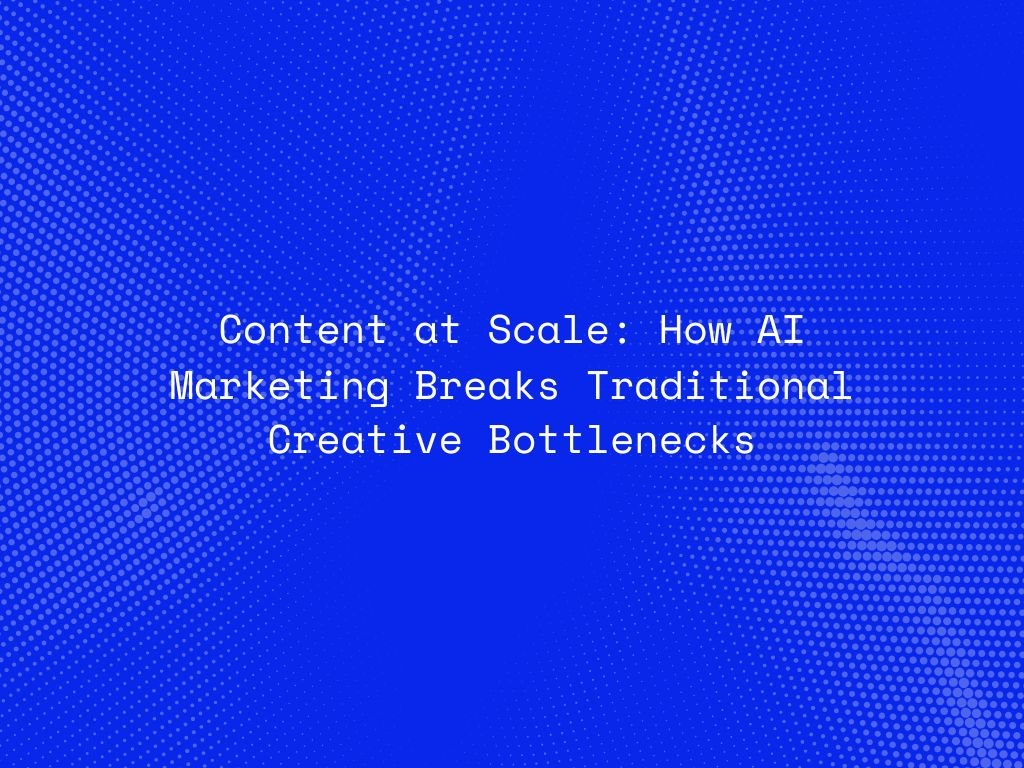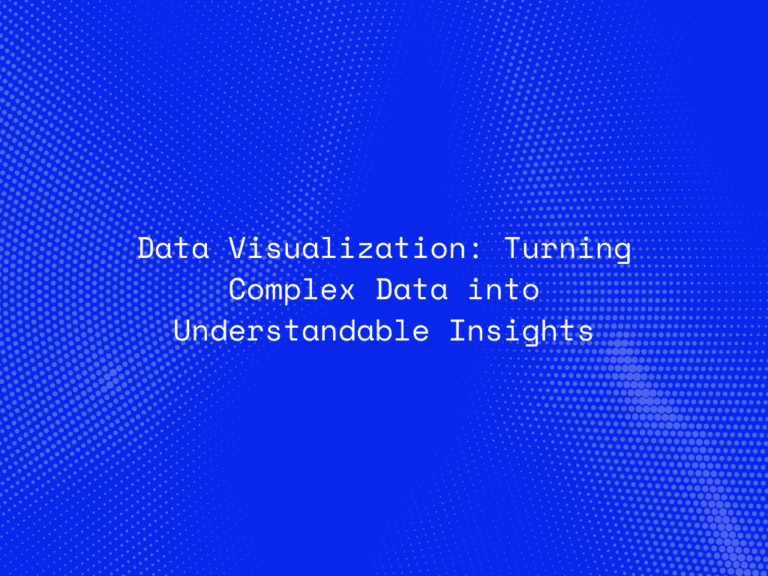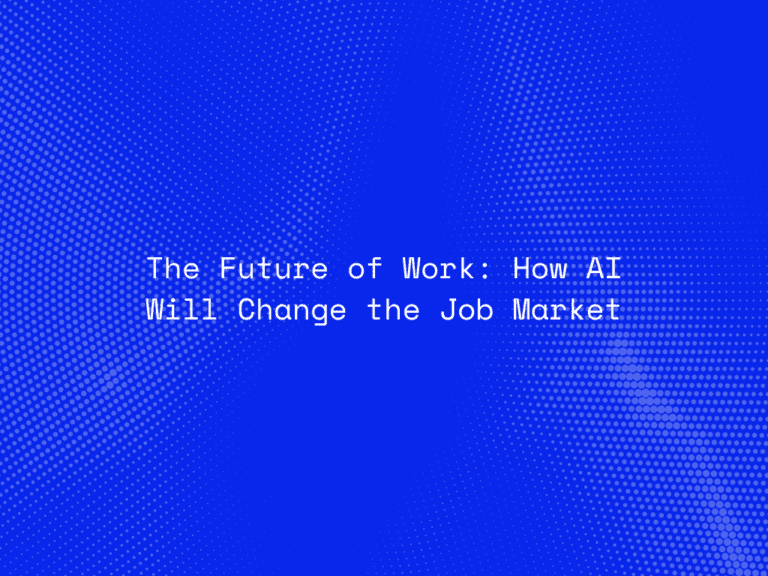Marketing has always relied on creativity, strategy, and the ability to produce compelling content consistently. But in today’s digital world, content demands have grown far beyond what traditional marketing teams can handle. Brands are expected to publish blogs, social posts, videos, email campaigns, ad creatives, and personalized content for multiple audience segments—all at an accelerating pace. Traditional workflows often struggle under this pressure, leading to creative fatigue, slow production timelines, and inconsistent messaging.
AI-driven content marketing has emerged as a transformative solution. Instead of replacing creativity, AI enhances it by removing bottlenecks that limit scale, speed, and personalization. With powerful language models, automated content pipelines, and insights-driven creative optimization, brands can produce high-quality content at a fraction of the time and cost, without compromising originality. In 2025 and beyond, AI is reshaping how marketing teams ideate, execute, and scale campaigns.
The Shift From Traditional Content Creation to AI-Driven Scale
Historically, creating marketing content required multiple stages: brainstorming, drafting, editing, designing, reviewing, and publishing. Even for small deliverables, this process could take days or weeks. As businesses expanded their online presence, the demand for constant content became overwhelming. Teams struggled to meet deadlines, creative blocks became frequent, and campaign cycles slowed down.
AI introduces a new paradigm. Instead of depending solely on manual processes, AI tools assist with idea generation, content drafting, optimization, and analysis. Large language models can draft full-length articles, produce SEO-optimized content, and generate multiple creative variations instantly. Rather than replacing human creativity, AI allows teams to focus on strategy, brand voice, and final refinement, while the repetitive and time-consuming tasks are handled by intelligent automation.
How AI Removes Creative Bottlenecks
One of the biggest creative bottlenecks is ideation. Coming up with new content ideas consistently can be challenging, especially when brands must produce large quantities of content across multiple platforms. AI systems analyze trends, customer behavior, competitor strategies, and search patterns to recommend fresh, relevant, and high-performing topics. This reduces hours of research and allows creators to focus on crafting value-driven messages.
Writing and editing represent another major bottleneck. Producing high-quality content at scale requires time, expertise, and multiple review cycles. AI tools can generate well-structured drafts, maintain consistent tone across all content types, and revise text based on readability, SEO goals, and brand guidelines. Instead of spending hours rewriting or editing, marketers can now finalize content within minutes.
Creative fatigue is also a growing issue, particularly for teams involved in social media and ad campaigns. AI addresses this by generating variations of copy, headlines, hooks, and calls to action. This not only speeds up campaigns but also provides A/B testing flexibility, ensuring performance-driven optimization at every stage. The result is a more dynamic creative process with less burnout and greater strategic accuracy.
The Role of Personalization in AI-Driven Marketing
Today’s consumers expect content that resonates with their interests, behavior, and preferences. Traditional marketing teams often find it difficult to create deeply personalized content at scale. AI bridges this gap by analyzing customer data and generating tailored messaging for different audience segments.
Through behavioral insights, purchase history, sentiment analysis, and demographic trends, AI can tailor content that feels highly relevant and human. From personalized email campaigns to targeted landing page content, AI ensures that every audience receives a unique experience. This level of personalization enhances engagement, increases conversion rates, and strengthens brand relationships.
AI and the Evolution of SEO Content
Search engines continue to evolve, emphasizing contextual relevance, user intent, and content depth. AI-powered SEO tools analyze search patterns, competitor rankings, content gaps, and semantic structures to guide teams toward better-performing content strategies. They can recommend related keywords, optimize meta descriptions, refine article structures, and ensure alignment with search intent.
More importantly, AI supports continuous optimization. Content performance is monitored in real time, enabling dynamic updates based on ranking shifts or new trends. Instead of guessing what might work, marketers receive data-backed insights that accelerate decision-making and improve ranking potential.
The Creative Future With AI: Collaboration, Not Replacement
A major misconception is that AI will replace creative professionals. In reality, AI enhances creativity by eliminating the repetitive tasks that slow teams down. Writers, designers, strategists, and marketers gain more time to focus on storytelling, brand identity, emotional resonance, and campaign innovation.
AI becomes a creative partner, offering suggestions, providing insights, and generating first drafts, while humans add nuance, originality, and intuition. This collaboration ensures that content remains authentic and aligned with brand values, while still achieving unprecedented scale and speed.
Challenges and Ethical Considerations
Despite its advantages, AI-powered marketing also brings challenges. Ensuring brand consistency across AI-generated content requires oversight. Ethical concerns regarding misinformation, bias, and over-automation must be addressed. Brands must find a balance between leveraging AI efficiency and preserving human oversight.
Maintaining transparency about AI-generated content and implementing quality control measures becomes essential. The future of AI marketing will require responsible adoption, continuous model training, and strong governance frameworks.
Conclusion
AI-driven content marketing represents a fundamental shift in how brands approach creativity and scale. By removing traditional bottlenecks—slow production timelines, limited creative capacity, and personalization challenges—AI empowers teams to work smarter, not harder. As the digital landscape continues to expand, businesses that embrace AI-assisted creativity will be better equipped to produce compelling, consistent, and high-performing content across every channel.
The future belongs to brands that blend human creativity with AI intelligence, achieving not just more content, but better content—at scale.




